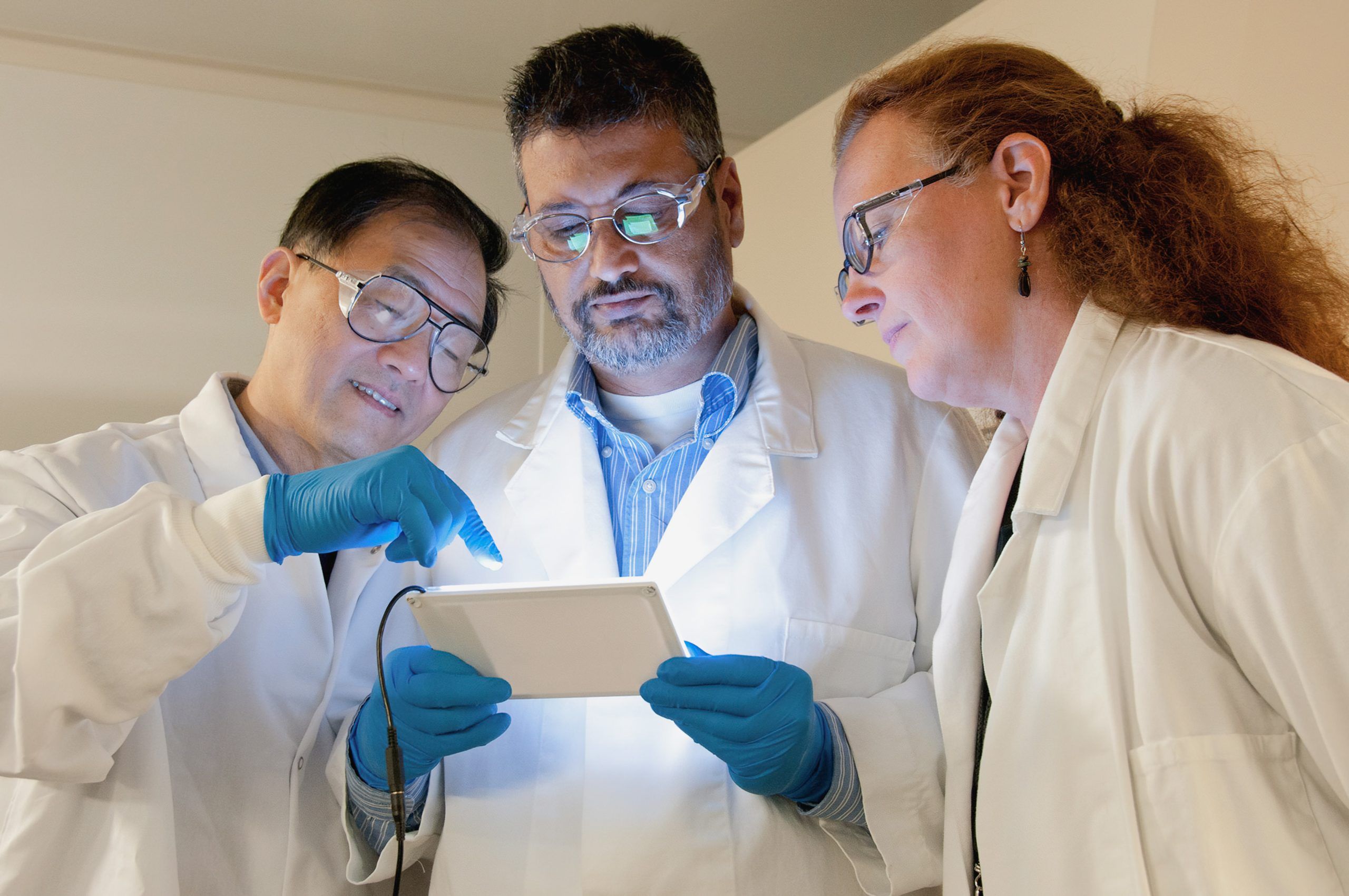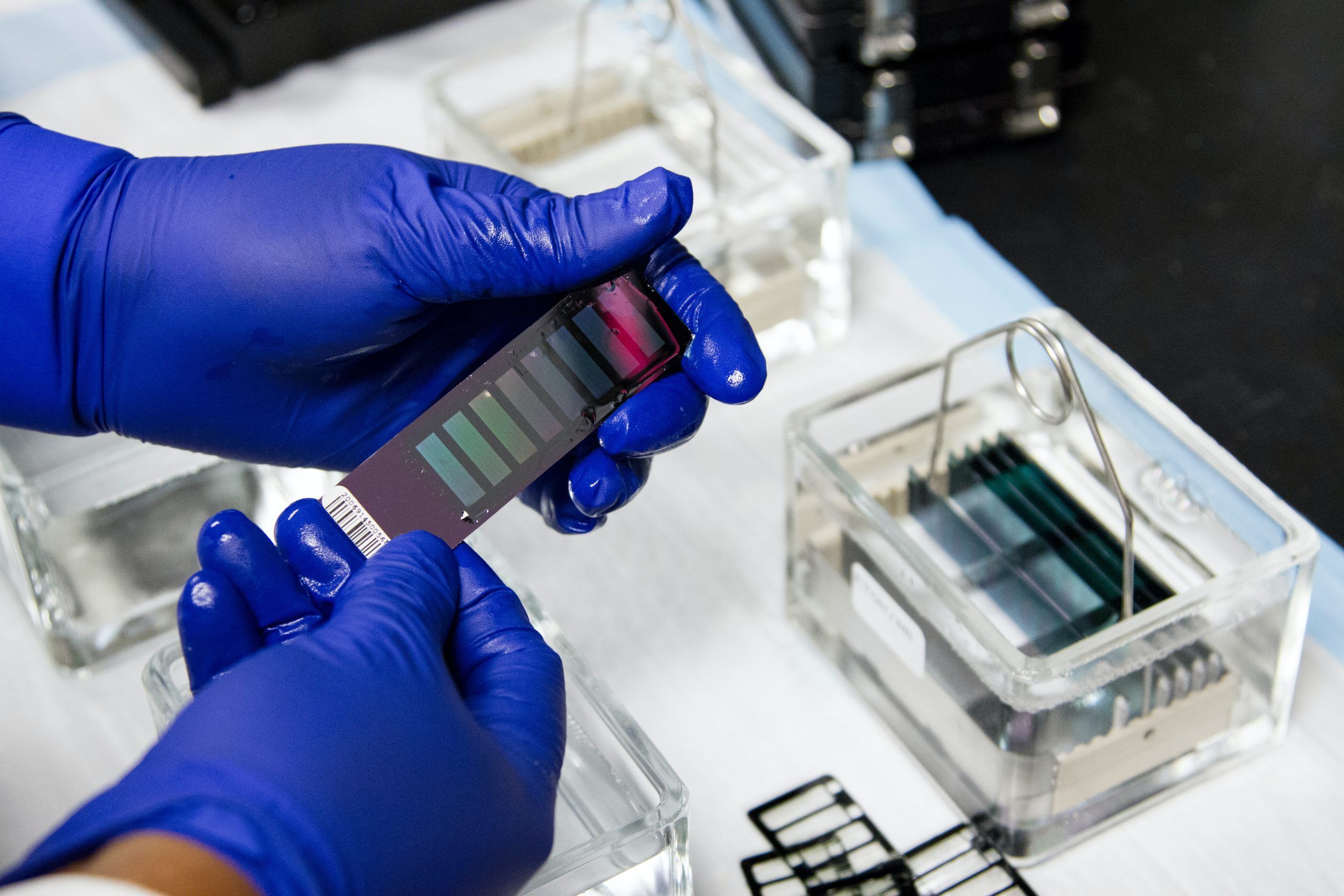When scientists are trying to determine how to help with environmental issues, or analyze geological formations, they often use very sophisticated testing to help them pinpoint the composition of the samples they are studying. One of the important tests used is X-Ray Powder Diffraction, or XRD. With XRD they are able to readily identify the elements that are part of the crystalline sample of material being tested. This testing technique gives them specific data about a crystalline substance being studied, including its average grain size, crystal structure and preferred orientation.
XRD testing works because each crystalline element returns a specific and distinct pattern of diffraction when x-rayed. In essence this unique pattern serves as the DNA of the sample, and the test is able to match it to one of the available databases. The ability to pinpoint exactly what is in a sample opens up a wide variety of applications across diverse industries. You will find XRD Diffraction services being used in fields ranging from biology to geology to the pharmaceutical industry. It’s also extremely valuable for environmental and material sciences too.

Major Uses for X-Ray Diffraction
There are a variety of major uses for XRD testing. With this testing methodology, it’s possible to determine the cell’s unit dimensions in addition to its crystalline nature. XRD is very useful for determining the purity measurements of a sample, and its also used for forensic matching. XRD testing can also be valuable when you are trying to analyze or reverse engineer a competitor’s product.
This sophisticated testing can also identify the acute crystalline phases of multi-component solids. When testing films and other similar substances, it will help determine exact crystal sizes. Rocking curve measurements can also highlight key data about thin film quality.
Mineral and Environmental Testing
Over the recent years, there has been an elevated concern and awareness of the harm that can come from environmental issues and toxic sites. Environmental scientists are tasked with being able to identify exactly what is occurring in known or suspected problem areas. XRD testing, as one example, has been an important tool when it comes to addressing harmful drainage of acid from mines.
Acid can be produced as a result of mining when iron sulfide related minerals, such as pyrite, are weathered. These elements, in turn, may then become part of solutions or produce secondary substances. XRD testing lets scientists correctly identify the components of each sample taken, and understand the mitigation steps that need to be taken.

Performing Analysis to Locate and Study Coal Beds
Geologists can use XRD to produce data that lets them study and identify the specific genesis of coal ore beds. In addition to helping determine how the beds were formed, it also provides information on their evolution over time.
XRD can also be used to specifically examine how the minerals within a coal bed vary within the ore deposit. Geologists and other experts have been able to reference formation data about coal beds in Appalachia, and use that to draw deposit correlations in coal beds located in the Western interior.





